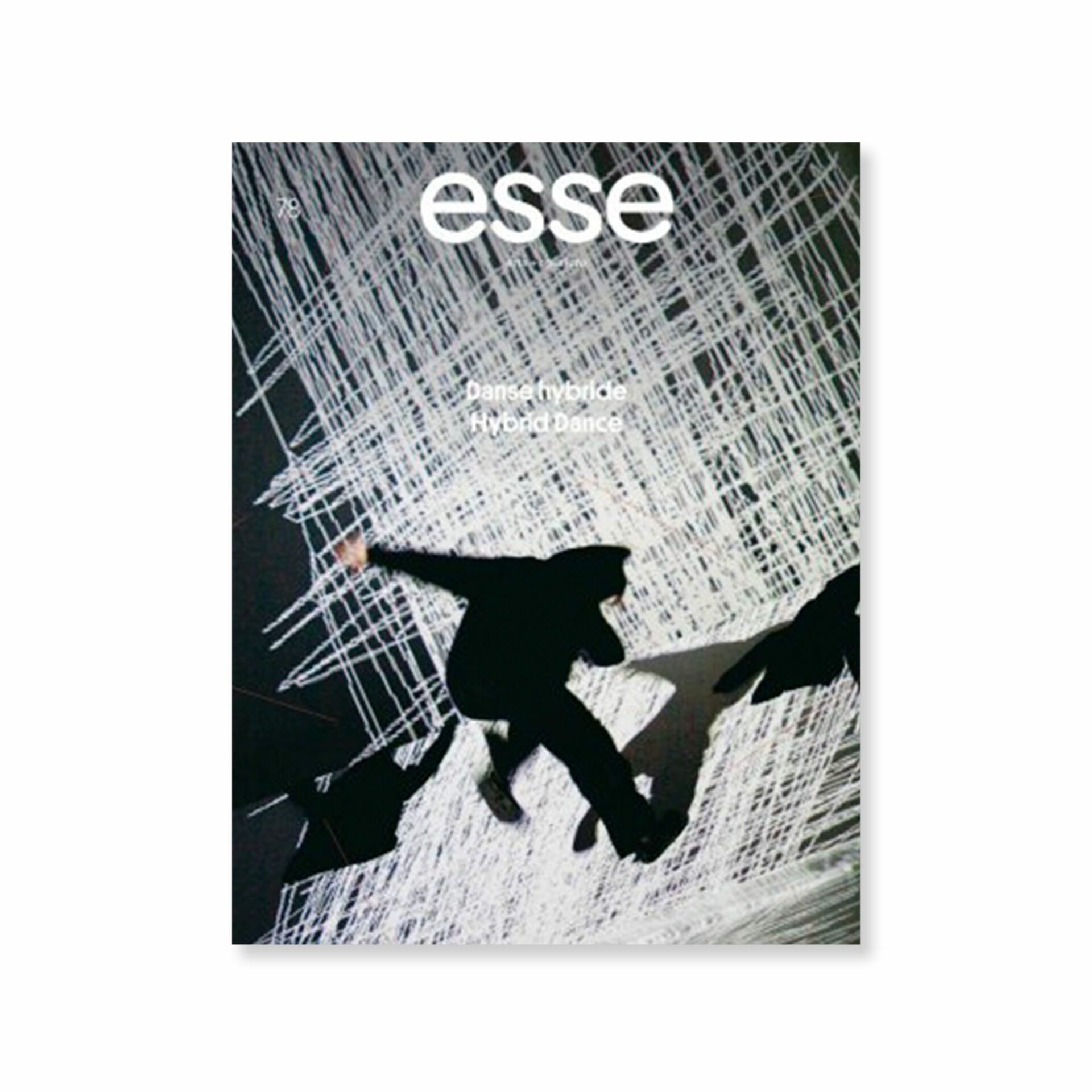Hybrid Forms of Dance
Dance and the visual arts have a long history of common ground, which, through diverse fusions, has given rise to an array of interdisciplinary works drawing on their respective fields of expertise. Today, the profusion of interdisciplinary collaborations bears witness to a renewed interest in hybrid practices. In works born of such collaborations, at least those of interest to us here, it is not simply a question of adopting or investing in the usual presentation contexts of each discipline, by presenting choreographed works in a museum, for example, or by using works of art as decorative elements in a theatrical production. Rather, it is an opportunity for artists, dancers, and choreographers to reflect on different forms of collaboration that will open up new horizons for their practices. It is from this perspective that we wished to approach this issue, by examining contemporary dance and its encounters with the arts, with performance, with theatre, and even with circus arts and cabaret.
The role of new technologies in the domain of dance — several articles touch on this — certainly contributes to the mixing of genres, while the body, real or suggested, is called upon as much for its presence on stage as for its part in the construction of images. Yet if the digital arts have served to blur the boundaries between disciplines, there is still widespread interest in “traditional” forms, drawing on all but “rudimentary technology,” resulting in choreographic works in which the rapport with materiality and the object is an essential element. In this vein, the works that captured the attention of our authors reveal several commonalities, such as the desire to defy the codes and conventions of representation and spectacle, collaboration between practitioners and encounters with the public, human-machine interaction, and the relationship of the body with the object. The artists featured in these pages create spaces or situations in which the body is no longer the sole actor; images and both material and immaterial artistic forms (video, performance, installation, drawing…) also play a central role, superimposing “written forms” to offer decisively multidisciplinary works.
The thematic dossier and complementary sections in this issue on dance confirm the longstanding interest of esse in practices whose scope lies beyond that of the visual arts. Additional essays as well as exhibition and event reviews, including several briefs on the performing arts, also underline esse’s interest in broader multidisciplinary practices. Other articles in our regular review section document the participation of numerous Quebec artists and galleries in major New York art events this year, while another author reflects on sound art in his report on the second edition of the esse/OBORO residency.
[Translated from the French by Louise Ashcroft]
